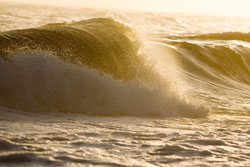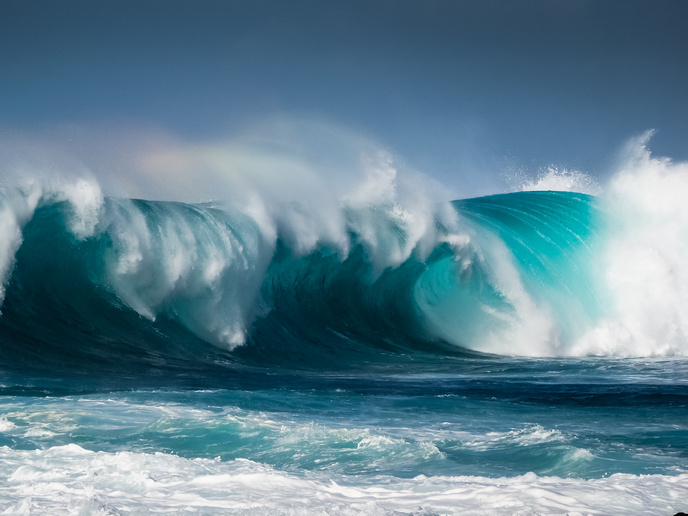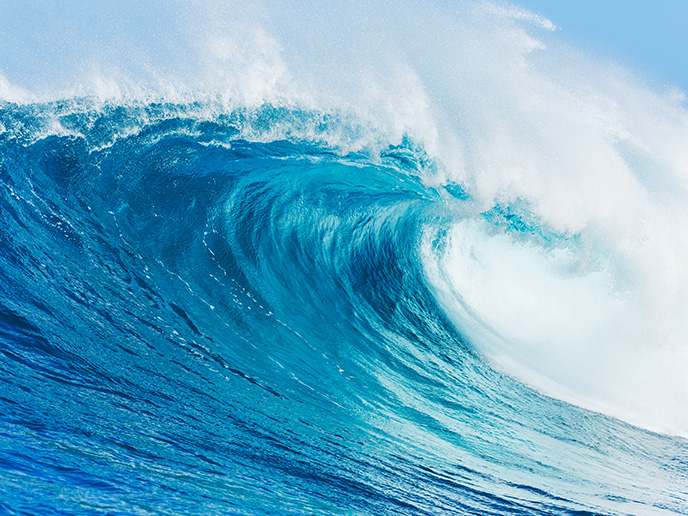Environmental effects of wave energy conversion
The LABBUOY project has focused on mathematical and physical model testing of a novel wave power converter. This is a floating wave converter which has power transmission and power conversion systems mounted on a breakwater or a pier. Its construction results in more power production because of wave reflection on the breakwater frontage as well as being more reliable and safe to operate. One of the project's main objectives concerned the assessment of feasibility, socio-economic and environmental impacts of the technology for representative sea states in Europe. Before obtaining public approval in the EU, an Environmental Impact Assessment (EIA) must be conducted to examine potential impacts on the environment. An EIA focused on human beings, fauna and flora; soil, water, air, climate and the landscape and material assets as well as cultural heritage. Given that wave energy technologies are still in their early phase, only a few large-scale prototypes are operating worldwide to date. Thus, experience with the environmental effects of wave energy converters is very limited. In answer to this, Life Cycle Analysis (LCA) is a method for quantitatively analysing the environmental effects related to a product during its life cycle. This technique emerged due to further environmental awareness of the general public, industry and governments. From such analysis quantitative results have been obtained and the impact of the technology on specific areas of major environmental concern can be quantified. These technology component configurations maybe reconsidered in future projects.







